At a Glance
Quick Tips
- Plan your transportation and lodging options around the season and species you will be hunting
- Bear fences can be a good idea for camps
- Rain gear is a necessity
- Waders or hip boots can be very useful when hunting marshy or wet areas




